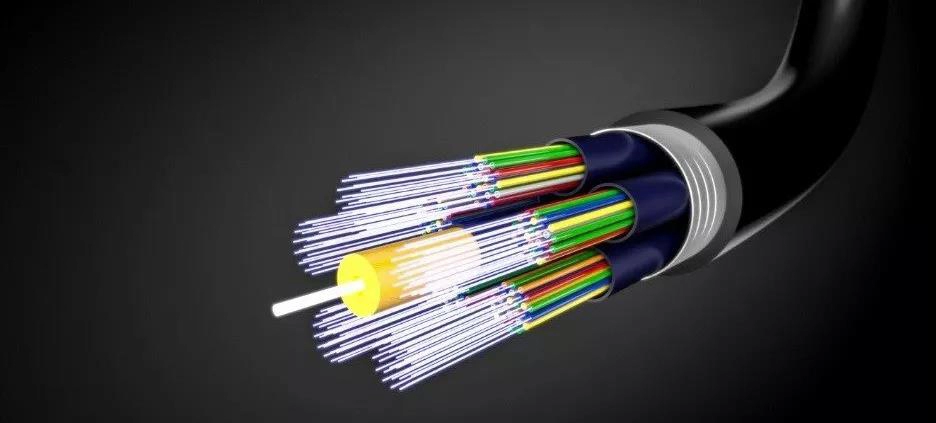
Blog
blog Location: Home > Blog > Technical Article
Location: Home > Blog > Technical Article
 Update Time:2025-08-15
Update Time:2025-08-15 Traffic:
Traffic: 
There are significant differences between single-mode dual-fiber and single-mode single-fiber in optical modules in many aspects. The following is a detailed comparison of the two:
1. Physical structure
Single-mode single-fiber: Use one optical fiber for bidirectional communication, that is, send and receive operations are performed simultaneously on the same optical fiber. This usually requires the use of special transceivers (such as BiDi transceivers) and wavelength division multiplexing (WDM) technology to achieve bidirectional communication.
Single-mode dual-fiber: Use two optical fibers for data transmission and reception, one for sending data (TX port) and the other for receiving data (RX port). The two optical fibers are relatively independent and can be transmitted in both directions at the same time, but complex wavelength division multiplexing technology is not required.
2. Transmission mode
Single-mode single-fiber: Transmit signals in two directions simultaneously through one optical fiber, which is usually achieved through wavelength division multiplexing technology, that is, using optical signals of different wavelengths to be transmitted in the same optical fiber. Common wavelength division multiplexing technologies include coarse wavelength division multiplexing (CWDM) and dense wavelength division multiplexing (DWDM).
Single-mode dual-fiber: Each optical fiber is responsible for signal transmission in only one direction, one optical fiber is used to send signals, and the other optical fiber is used to receive signals. This method is relatively simple and does not require complex wavelength division multiplexing technology.
Three, transmission distance
Single-mode single fiber: It can usually support long-distance transmission, such as 10 kilometers, 40 kilometers or even farther. The specific distance depends on the wavelength division multiplexing technology used and the quality of the optical fiber. In long-distance transmission, using one optical fiber can reduce the cost and complexity of optical fiber laying.
Single-mode dual fiber: It can also support long-distance transmission, but usually, the transmission distance of the dual-fiber system is comparable to that of the single-fiber system. In some cases, the dual-fiber system may be easier to implement because complex wavelength division multiplexing technology is not required.
Four, cost
Single-mode single fiber: The initial cost is higher because special BiDi transceivers and wavelength division multiplexing technology are required. But in the long run, the overall cost may be reduced due to the reduction in the number of optical fibers. The maintenance cost is also relatively high because it is necessary to ensure the normal operation of the wavelength division multiplexing technology.
Single-mode dual-fiber: The initial cost is low because standard single-mode optical fiber and transceivers are used. But in the long run, the overall cost may increase because two optical fibers need to be laid. However, the maintenance cost is relatively low because the system is simpler and easy to maintain.
V. Application scenarios
Single-mode single-fiber: Suitable for occasions where long-distance transmission is required and optical fiber resources are limited, such as interconnection between data centers, metropolitan area networks, wide area networks, etc. It can save optical fiber resources and reduce wiring complexity.
Single-mode dual-fiber: Suitable for short-distance data communication needs or occasions that require high reliability and simple maintenance, such as corporate internal networks, campus networks, industrial control networks, etc.
VI. Technical complexity
Single-mode single-fiber: The technical complexity is high, wavelength division multiplexing technology is required, and the requirements for equipment and installers are high. Professional training and experience are required to ensure the correct installation and maintenance of the system.
Single-mode dual-fiber: The technical complexity is low, standard optical fiber and transceivers are used, and installation and maintenance are relatively simple. The requirements for installers are low and easy to get started.
VII. Compatibility
Single-mode single-fiber: requires the use of specific BiDi transceivers and wavelength division multiplexing equipment, and has relatively low compatibility. There are some standard BiDi transceivers on the market, but the selection range is relatively small.
Single-mode dual-fiber: highly compatible, can use standard single-mode optical fiber and transceivers, with a wide range of choices. Comply with international standards such as IEEE 802.3.
In summary, there are significant differences between single-mode dual-fiber and single-mode single-fiber optical modules in terms of physical structure, transmission mode, transmission distance, cost, application scenarios, technical complexity and compatibility. When choosing, it is necessary to make comprehensive considerations based on specific application requirements and budget.
